Today we are going to have a look at what life is like inside the world’s largest aircraft carrier hangar. AUs navy aircraft carriers are already stunning but the biggest of them all is on another level. Not only can it launch the most amount of jets in a short time, but it can also store the largest amount of jets and airplanes inside the hangar. Would you work on an aircraft carrier?

As the world’s largest aircraft carrier in the world’s dominant navy, the USS Gerald R. Ford is gargantuan. The aircraft carrier took eight years to build, several more years to test, and is large enough to tower over the biggest building in plenty of large towns. Named for the 38th President of the United States, the Gerald Ford is the lead ship of the US navy. It clocks in at over 1,000ft or nearly three American football fields in length, and nearly 250 feet high. Contained in that massive space, the aircraft carrier also has a whopping 25 decks.
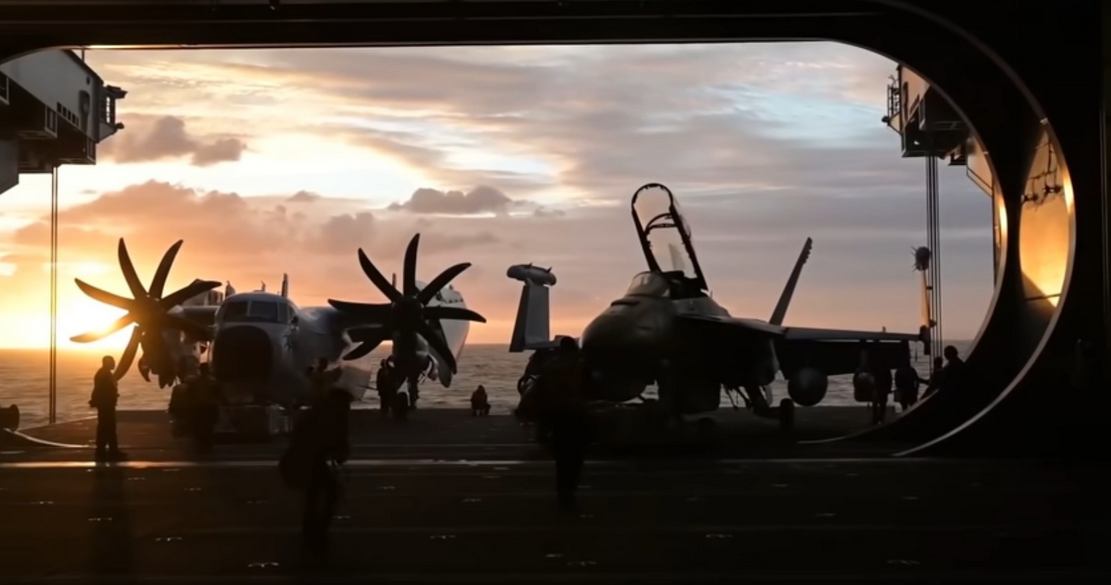
The massive ship, which can house over 4,500 people and carry over 75 aircraft, weighs in at over 100,000 tonnes. That makes her the largest warship ever constructed. The total building cost is estimated at over 17 billion dollars, including 5 billion spent on research alone. After several delays it came in at 22% over the intended budget.
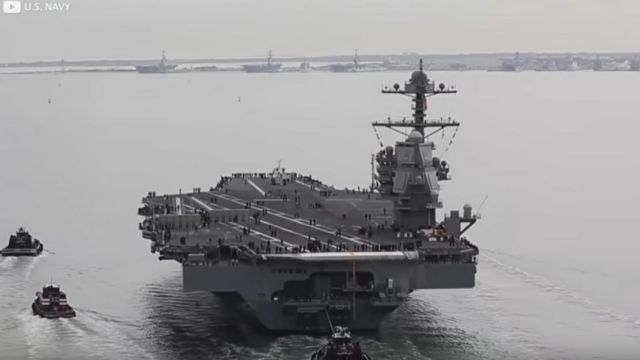
You know aircraft carriers provide platforms to launch strikes on coastal and inland targets, protect the world’s seas from terrorists, and can serve as a base for delivering humanitarian aid. But did you know that the 2,700 men and women who live on the ship also have relaxing lounges, gyms, and food basically available at all hours?
Among those calling it home, is San Diego State grad, ENS Paula Niederland. “I worked in PR for about a year and half in San Diego and I just wanted to do something more impactful,” she said about joining the Navy.

Niederland says there’s never a dull moment, even when they’re seemingly in the middle of nowhere.
“Sometimes when we’re out at sea, we’ll do 5k’s around the flight deck and I think that’s so cool. We’re running these 5k’s in the middle of the ocean right now – running a 5K – how crazy!,” Niederland said.Also crazy, the small staircases to get from one deck to the next, the long, skinny hallways with obstacles all over the place, and the many doors that seem to come out of nowhere.
Thankfully they have maps on wall! But you won’t need a map to get around your sleeping quarters because it’s small.
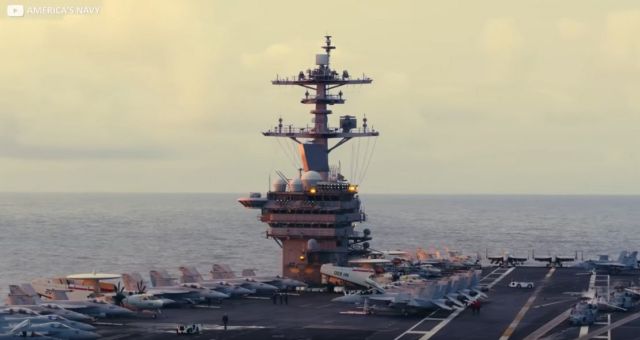
The Navy showed us one time room that sleeps 21 sailors. They get a bed, a locker, and a few spaces to get creative for storage. Because shifts run all hours, the room has a red light allowing sailors to sleep while still providing light for those who need it. Each room also comes with its own attached bathroom, which is a new and much appreciated feature on aircraft carriers.
Other areas that are appreciated include, the ships three gyms, the convenience store, and several places to get food.
A popular item in the menu is called a hamster, a ship’s version of Chicken Cordon Bleu. A popular place to eat is the main mess hall, which is designed to look like a football field.
That’s to honor the ship’s namesake, Former President Ford, who played football at the University of Michigan. You can learn that and more at the museum onboard that’s dedicated to him.
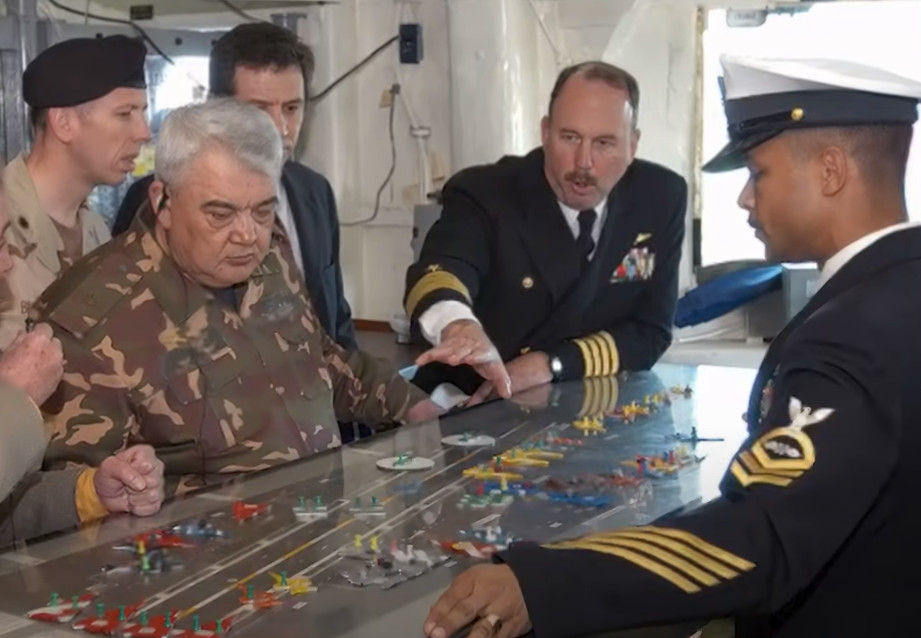
“We have just about everything but a bowling alley here to be honest with you,” said Aviation Boatswain’s Mate William Black. And if you’re wondering what an aviation boatswain’s mate is, William has a great explanation. “So if you’ve ever been to the airport and then you see the guys with the wands and they’re directing the planes and stuff like that, that’s essentially part of my job,” Black said.
It’s an important job with unpredictable hours, in sometimes less than ideal conditions. But Black wouldn’t trade it for anything. “It’s really cool that my office is standing next to multimillion dollar jets, directing them and then feeling the compression of the thrusts and everything and watching them launch and take off,” he said.
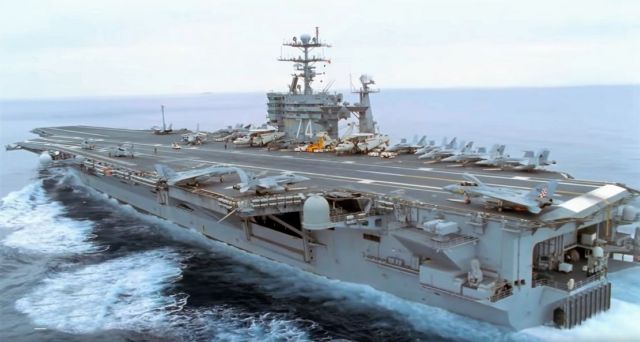
When out to sea, it seems like some type of training is always taking place, from live fire exercises to general quarters drills, where the crew has to stop whatever they’re doing and immediately respond to possible at-sea emergency situations.
One thing the Navy made clear during our tour is that they’re always preparing for the worst.
Source: fancy4go.com








